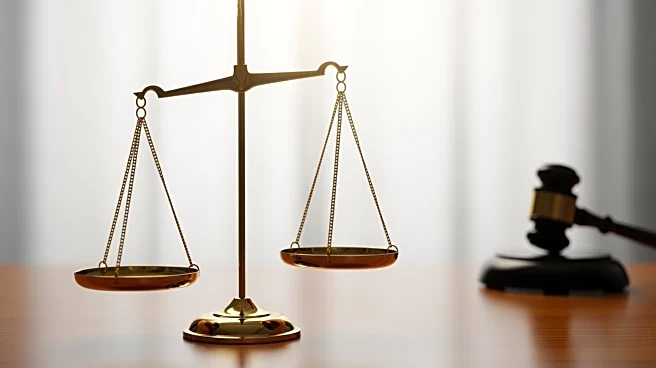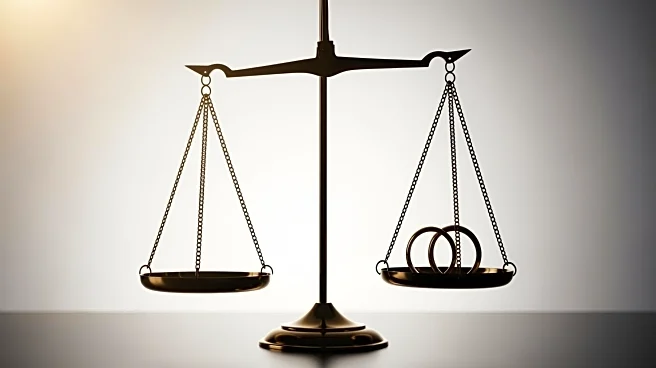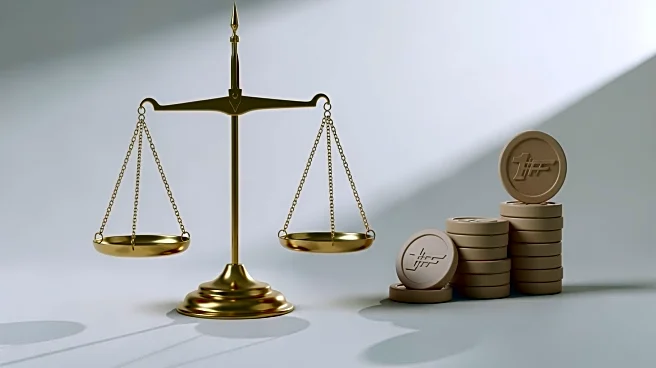What's Happening?
The Supreme Court is currently facing scrutiny over its handling of race-related cases, particularly in light of its recent decisions on affirmative action and voting rights. A special exhibit at the Supreme Court highlights
the historical significance of Brown v. Board of Education, a landmark case that enforced desegregation in schools. However, recent rulings suggest a shift towards a 'colorblind' approach, as seen in the court's decision to strike down race-conscious admissions programs at Harvard and the University of North Carolina. This has raised concerns among civil rights advocates who argue that the court is undermining the spirit of Brown by limiting race-based remedies designed to address historical discrimination.
Why It's Important?
The Supreme Court's current trajectory on race-related issues has significant implications for civil rights in the United States. By adopting a 'colorblind' stance, the court risks eroding decades of progress made in ensuring equal opportunities for minority groups. This shift could impact educational institutions, voting rights, and employment practices, potentially reducing protections against discrimination. The court's decisions may also influence public policy and societal attitudes towards race, as it navigates the balance between historical injustices and contemporary interpretations of equality.
What's Next?
The Supreme Court is expected to hear further cases that could redefine the application of civil rights laws, including challenges to voting rights and race-based admissions policies. Activists and advocacy groups are likely to continue pushing for legal remedies to address racial disparities, while the court's conservative majority may further entrench its 'colorblind' philosophy. The outcomes of these cases will be closely watched, as they could set new precedents for how race is considered in public policy and legal frameworks.
Beyond the Headlines
The ongoing debate over the Supreme Court's interpretation of Brown v. Board and affirmative action highlights deeper societal tensions regarding race and equality. The court's decisions reflect broader cultural and political shifts, as the nation grapples with its legacy of racial discrimination and the pursuit of a more equitable society. These developments may also influence future legislative efforts and grassroots movements aimed at promoting diversity and inclusion.












